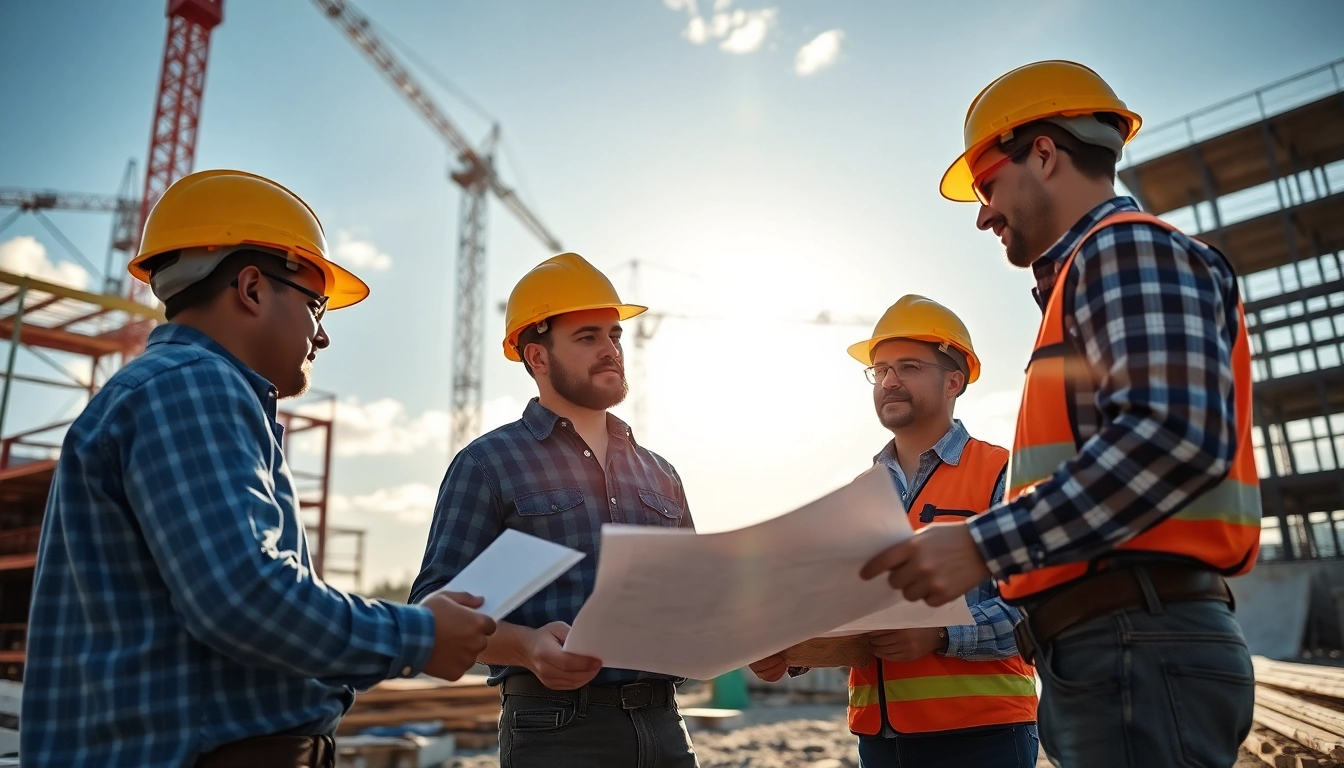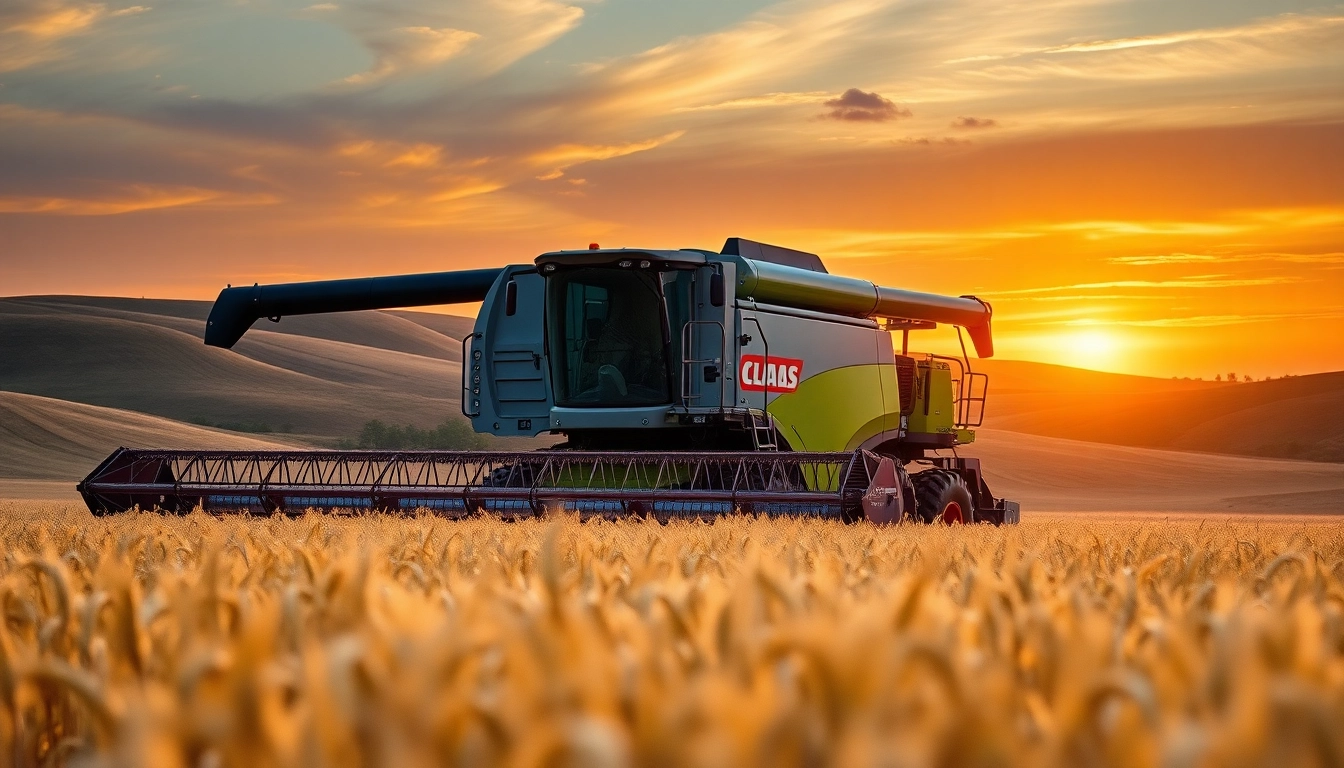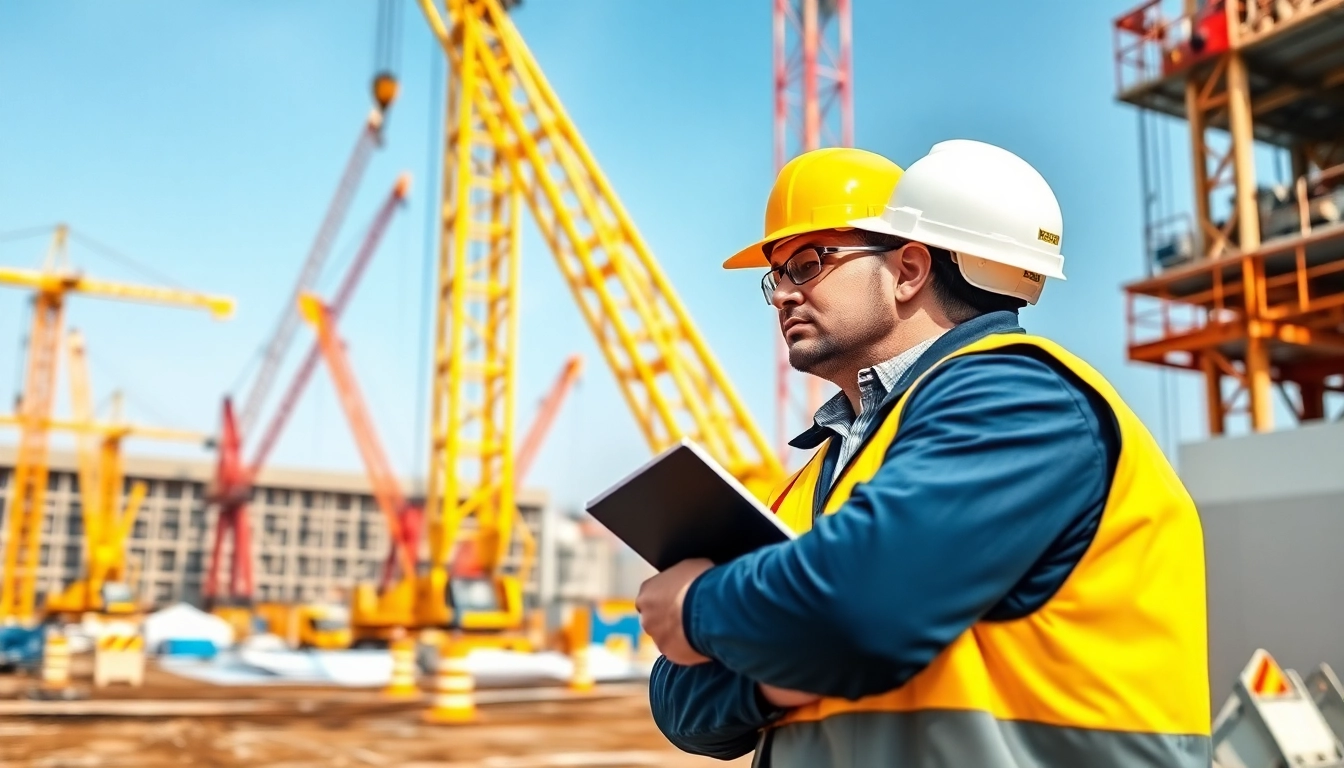Understanding the Austin Construction Landscape
Austin, Texas, known for its vibrant culture and rapid growth, has also become a hotspot for construction activity. This ongoing expansion is fueled by factors ranging from population growth to an influx of tech companies, contributing to a robust demand for housing, commercial buildings, and infrastructure. Understanding the intricacies of austin construction is essential for stakeholders navigating this competitive market.
Overview of Key Trends in Austin Construction
Several trends are shaping the construction landscape in Austin. Firstly, there is a noticeable shift towards mixed-use developments, which allow residential, commercial, and retail spaces to coexist. This promotes walkability and fosters community engagement, aligning with urban planning goals. Additionally, the rise of modular construction techniques has gained traction, enabling builders to accelerate schedules and improve cost-efficiency. Moreover, the integration of smart technologies into building designs is becoming commonplace, enhancing sustainability and overall functionality.
Significant Challenges Faced by Builders in Austin
Despite the lively construction scene, builders in Austin encounter numerous challenges. One of the most pressing issues is the rising cost of construction materials driven by inflation and supply chain disruptions. Additionally, skilled labor shortages pose significant hurdles, as the demand for qualified construction professionals surpasses supply. Regulatory complexities are another considerable barrier; navigating the local permitting and zoning laws requires expertise and can lead to delays in project timelines.
The Role of Sustainability in Local Projects
Sustainability has become a crucial focus in Austin’s construction projects. Developers are increasingly incorporating green building practices, such as energy-efficient systems and sustainable materials, to meet state regulations and cater to environmentally conscious consumers. Furthermore, many projects pursue certifications like LEED (Leadership in Energy and Environmental Design), showcasing their commitment to sustainability and potentially reducing long-term operational costs. By embracing sustainability, builders not only fulfill their social responsibilities but also enhance the appeal of their developments.
Top Construction Companies Shaping Austin’s Skyline
Leading Firms in the Austin Construction Industry
Several construction companies have distinguished themselves in Austin’s burgeoning market. Firms like Structure Tone, Sedalco Construction Services, and JE Dunn Construction are notable for their extensive portfolios and innovative approaches. Their projects range from high-rise buildings to public infrastructure, underlining their versatility and commitment to quality. These companies often collaborate closely with local architects and city planners, ensuring that their constructions align with the community’s vision.
Case Studies of Successful Projects
Examining successful projects provides valuable insights into the strategies employed by leading construction firms. The development of The Independent, a striking 58-story condominium tower, is an exemplary case. This project not only showcases cutting-edge architectural design but also integrates sustainable practices, including water-efficient landscaping and energy-efficient lighting. Another notable project is the Austin Central Library, which represents a significant investment in public infrastructure while emphasizing sustainability through rainwater harvesting and solar panels.
How These Companies Adapt to Market Changes
The ability to adapt to market changes is a hallmark of successful construction firms in Austin. By staying attuned to economic indicators, these companies pivot their business models to address evolving demands. For example, as remote work influences residential needs, developers are increasingly designing homes with dedicated office spaces. Furthermore, embracing technology, such as Building Information Modeling (BIM), allows for better project visualization and risk management, enhancing project outcomes and client satisfaction.
Innovative Technologies Transforming Austin Construction
The Influence of Smart Building Solutions
Smart building solutions represent a significant shift in how buildings are constructed and operated. In Austin, many new developments are integrating IoT (Internet of Things) technologies, enabling enhanced energy management, security, and user experience. For instance, automated lighting systems can adjust according to occupancy, reducing energy consumption. Additionally, these systems facilitate real-time data collection, offering insights into building performance that can inform future projects.
Construction Management Software and its Impact
Construction management software has revolutionized project execution in Austin. Tools such as Procore and Buildertrend offer streamlined communication, scheduling, and documentation, allowing teams to collaborate efficiently across various locations. This technology mitigates the risks of miscommunication and delays, ensuring that projects remain on track and within budget. Moreover, advanced analytics generated by these platforms provide valuable insights that guide decision-making processes.
Leveraging Drones for Site Surveys and Inspections
Drones are increasingly utilized for site surveys and inspections, offering construction companies in Austin a competitive edge. They provide a bird’s-eye view of construction sites, enabling accurate assessments of progress and compliance with design specifications. This technology reduces the time and labor required for traditional inspections while enhancing safety by minimizing human presence in potentially hazardous areas. Furthermore, drone data can assist in project planning and resource allocation, leading to more informed decision-making.
Navigating Austin’s Regulatory Environment
Understanding Permitting Processes and Requirements
Navigating the permitting processes in Austin can be daunting for construction firms, as these regulations are often complex and subject to change. Builders must familiarize themselves with local codes, zoning laws, and environmental regulations to avoid delays. Engaging experienced legal counsel or consultants can facilitate this process, ensuring compliance with city ordinances and speeding up project approval timelines.
The Importance of Compliance in Construction
Compliance is not only legally mandated but also essential for maintaining a company’s reputation in Austin’s construction industry. Ensuring adherence to federal, state, and local regulations mitigates the risk of fines and litigation, which can adversely affect project timelines and financial stability. Moreover, a commitment to compliance fosters trust with clients and stakeholders, enhancing business prospects and securing future contracts.
Building Codes Specific to the Austin Area
Building codes specific to Austin have been developed to address the region’s unique environmental and cultural characteristics. These codes dictate everything from structural safety to energy efficiency and water conservation within new constructions. Staying updated on these codes is crucial for builders to ensure that their projects not only meet legal standards but also reflect the values of the Austin community. Adhering to local building codes is paramount for successful project completion and long-term sustainability.
Future Projections for Austin Construction Projects
Anticipated Growth Areas and Upcoming Developments
The future of construction in Austin looks promising, with several growth areas expected to emerge. Neighborhoods like East Austin and the Domain are morphing into vibrant mixed-use districts, attracting investments and a diverse population. Upcoming developments, such as the new Austin FC stadium and various commercial high-rises, indicate a sustained focus on enhancing urban living experiences. Developers who strategically invest in these areas stand to benefit from rising property values and increased demand.
Economic Factors Driving Construction Demand
Several economic factors are driving construction demand in Austin. The city’s robust job market, especially in tech, has attracted a wave of new residents, necessitating expanded housing and infrastructure. Furthermore, low interest rates have spurred both commercial and residential projects, as investors seek opportunities in a thriving market. As the population continues to grow, the demand for schools, hospitals, and other essential services will further inflate the construction sector.
Preparing for Challenges Ahead in the Industry
While the prospects for Austin’s construction industry are bright, several challenges lie ahead. Builders must proactively manage risks related to supply chain volatility, labor shortages, and evolving regulatory landscapes. By adopting flexible project strategies and investing in workforce development, construction firms can better navigate potential roadblocks. Moreover, maintaining a focus on sustainability will not only align with consumer preferences but also prepare companies for anticipated regulatory changes prioritizing eco-friendliness in construction practices.



